Rotary granulators are essential equipment in the fertilizer industry, particularly for producing granulated fertilizers. These machines facilitate the conversion of powdery materials into granules, enhancing product handling, application, and efficiency. This guide provides an overview of rotary granulators, their operation, and best practices for effective use.
Rotary granulators operate on the principle of agglomeration, where fine particles are transformed into larger granules through mechanical force and moisture. The design typically consists of a rotating drum, where the raw materials are fed and mixed with a binder solution. As the drum rotates, the particles collide and adhere to one another, forming granules of desired size.
Key Components of Rotary Granulator
- Rotating Drum: The main body where the granulation process occurs.
- Spray Nozzle: Delivers the binder solution evenly across the materials.
- Control Panel: Allows operators to monitor and adjust parameters such as speed, feed rate, and moisture content.
- Discharge System: Facilitates the removal of finished granules from the drum.
Operating Procedure
Preparation
Proper preparation is critical for effective granulation. Start by selecting compatible raw materials, commonly including urea, ammonium sulfate, and superphosphate. It’s essential to check the moisture content of the materials, as optimal moisture is crucial for successful granulation, typically around 5-15%. If the moisture is too low, the granules may not form adequately; if it’s too high, the granules may become too sticky and clump together.
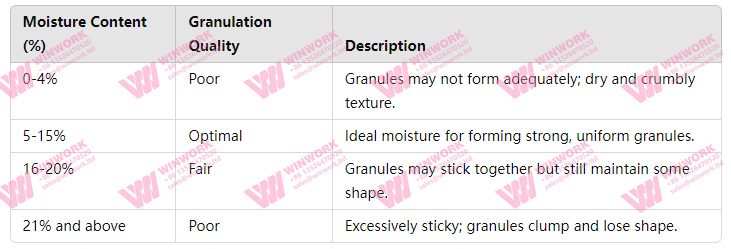
Setting Up the Machine
Before starting the granulator, calibration is necessary. Adjust the machine settings according to the manufacturer’s guidelines. This includes setting the drum speed, binder spray rate, and feed rate. Ensure that the rotary granulator is clean and free of any leftover materials from previous batches. Load the raw materials into the feed hopper, ensuring even distribution to prevent blockages.
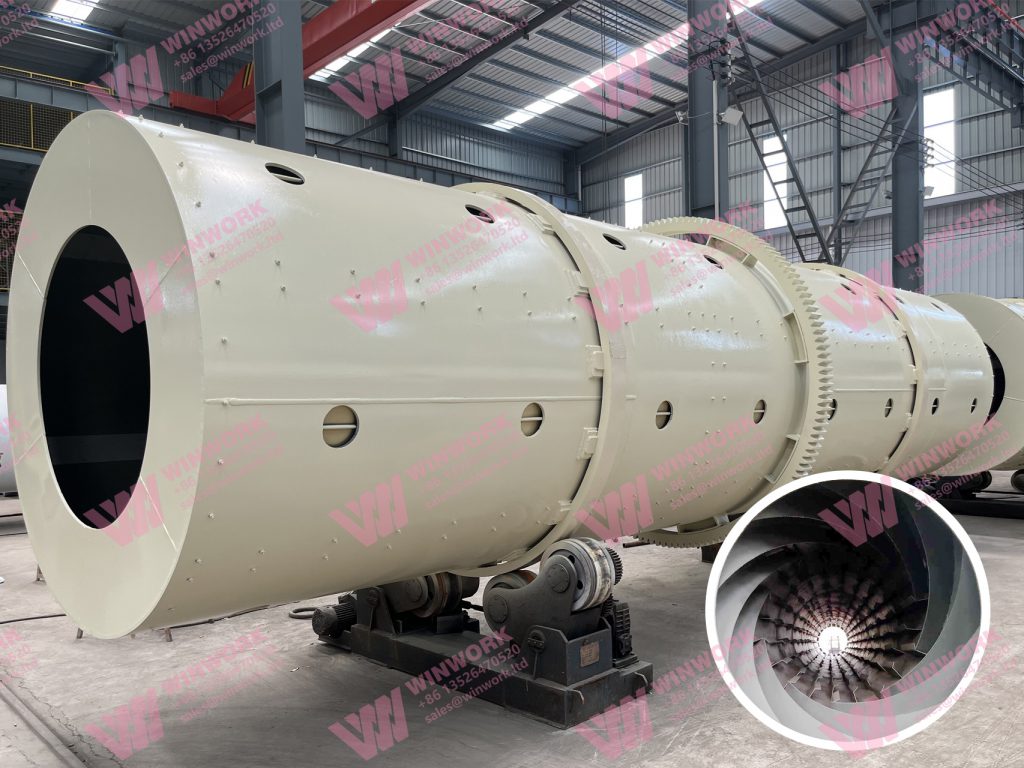
Granulation Process
Once the setup is complete, start the machine by engaging the rotating drum. Monitor the rotation speed to ensure it remains consistent with the desired granule size. Begin the binder application by activating the spray nozzle, introducing the binder solution gradually. Maintaining a steady and uniform application of the binder is essential for achieving homogeneous granule formation. Throughout the granulation process, it’s crucial to continuously observe the operation via the control panel. This monitoring allows operators to make real-time adjustments to parameters, ensuring optimal granule size and quality.
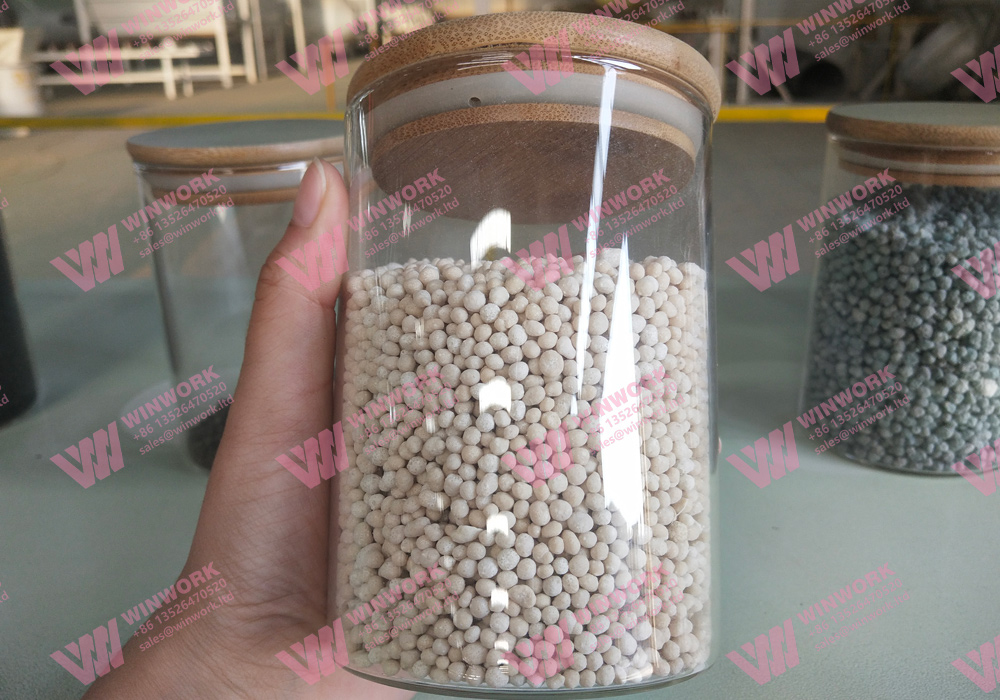
After the granulation process is complete, finished granules will exit through the discharge system. Collect these granules for further processing. If necessary, drying the granules can be an important step to reduce moisture content. This can be accomplished using a dryer or by allowing the granules to dry in ambient air.
Maintenance and Best Practices
Regular Maintenance
Routine maintenance is essential to keep rotary granulators operating efficiently. Regularly clean the machine to prevent material buildup, which can hinder performance and compromise product quality. Inspect key components, such as the spray nozzle and discharge system, for signs of wear or damage. Addressing any issues promptly can prevent larger problems down the line.
Best Practices
- Optimize Feed Rate: Adjust the feed rate based on production capacity and material characteristics. This optimization helps prevent clogging and ensures a steady supply of materials to the granulator.
- Control Moisture Levels: Consistent moisture levels in both the raw materials and the binder are crucial for achieving uniform granulation. Regularly monitor and adjust moisture content as needed.
- Test Granule Quality: Conduct regular quality checks on the granules to assess size, hardness, and nutrient content. This ensures that the final product meets industry standards and customer expectations.
Conclusion
Rotary granulators are invaluable in the fertilizer production process, transforming raw materials into high-quality granules that enhance handling and application. By following the outlined operating procedures and best practices, manufacturers can improve efficiency and product quality. With proper maintenance and operation, rotary granulators can significantly contribute to the success of fertilizer production operations. As the demand for effective and efficient fertilizers continues to grow, the role of rotary granulators will remain crucial in meeting these needs. By leveraging the capabilities of these machines, producers can optimize their processes, ensure product consistency, and support sustainable agricultural practices. Ultimately, understanding how to use rotary granulators effectively will empower manufacturers to enhance their competitiveness in the market and contribute to global food security.


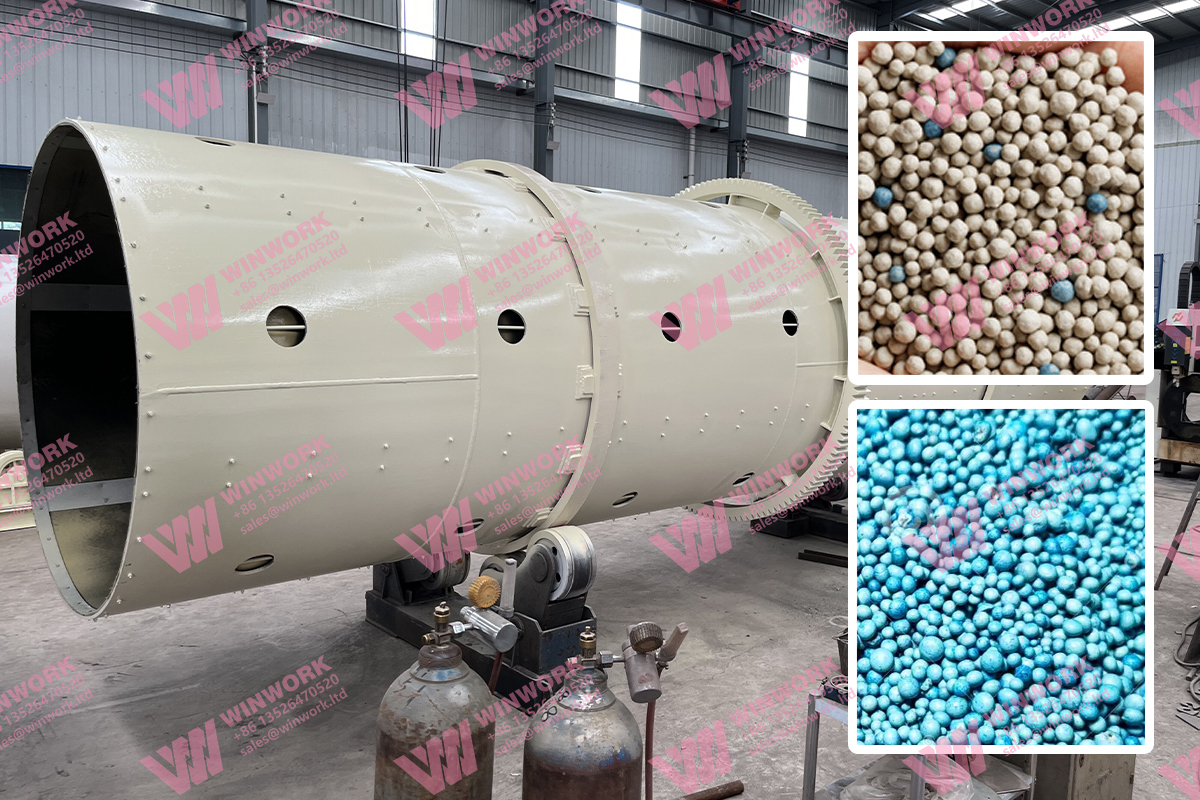
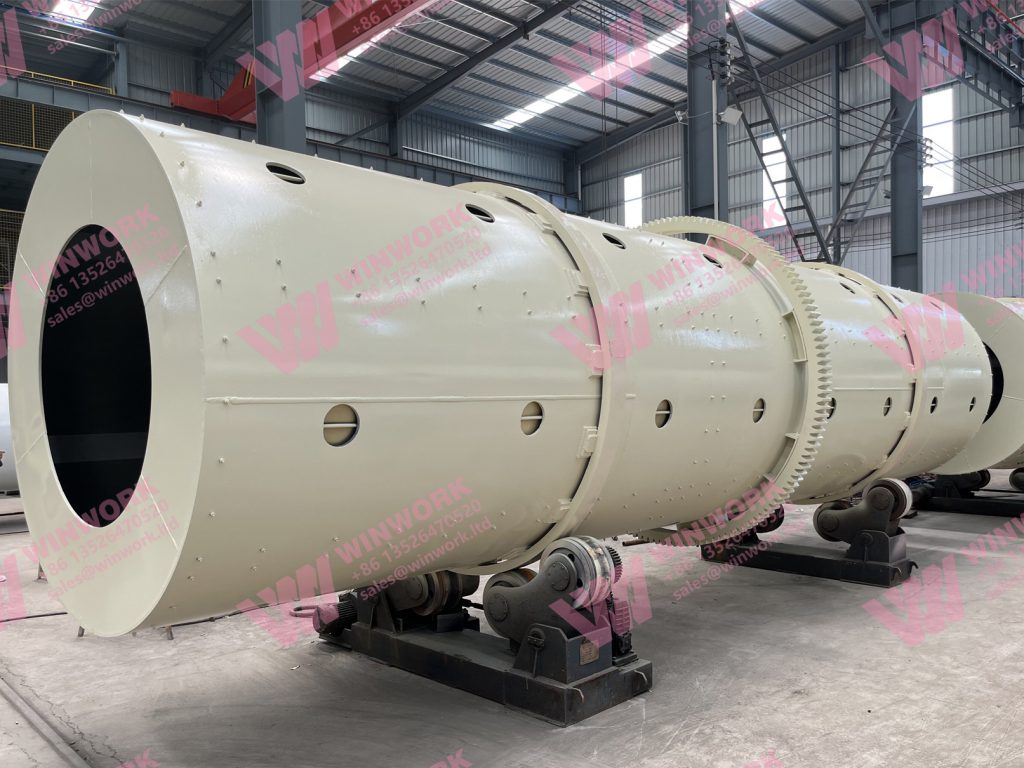
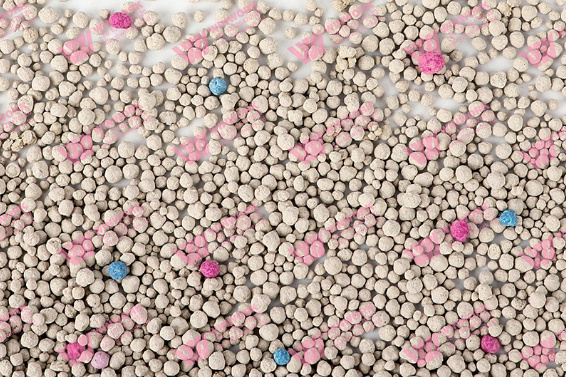
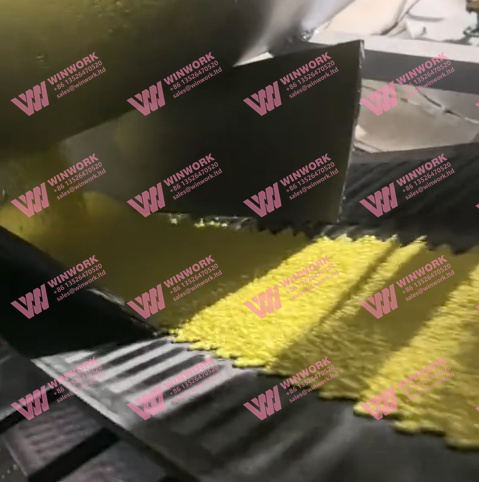
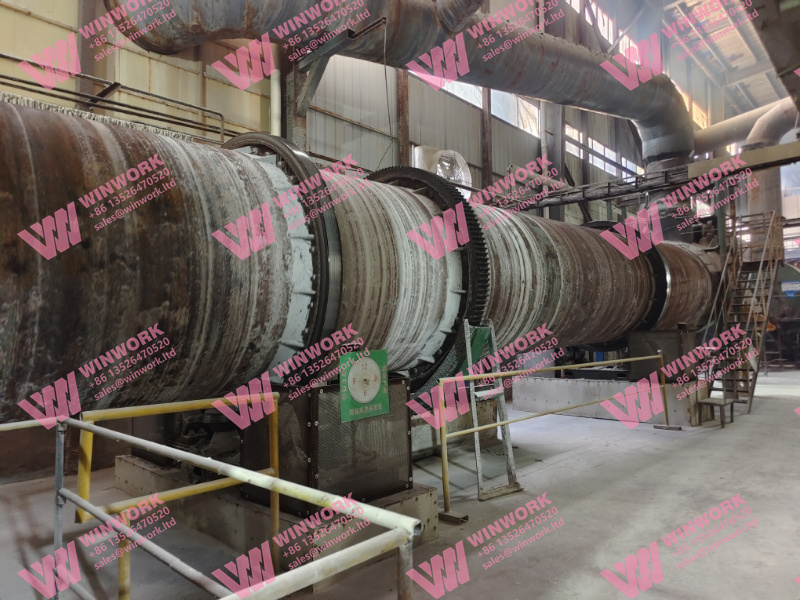
Get A Quote